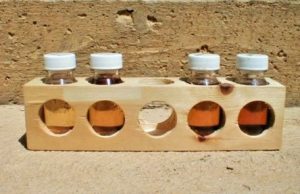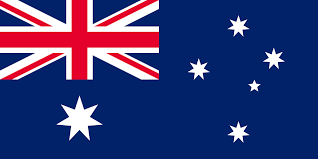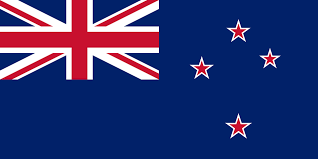
The quality of maple syrup is affected by many factors.
It should be noted that the production of maple syrup is done in the most natural and ecological standards. This means that no additives, fertilizers or other products are used within the sugar bush during production or processing. Maple syrup is therefore a pure and “healthy” sugar, produced in harmony with nature.
Factors of the sugarbush itself affecting the maple syrup quality.
Natural factors uncontrollable by man:
- Soil type: well-drained natural soil is preferable;
- Type of maple (sugar maple, or, in Latin “Acer Saccharum March”, gives the best quality of sap);
- The quality of the plant cover (a maple stand that is homogeneous in tree type compared to a heterogeneous maple stand);
- The balance of the ecosystem;
- The cardinal orientation (a sugar bush located more to the southwest will thaw later in the day and in season. The maple trees will thus provide fresher sap for a longer time. With a sugar bush facing east, the sun will heat the sap waiting in the tubing and will affect its quality.)

Crucial factors to be controlled to produce the very first quality:
- The quality and cleanliness of equipment and facilities;
- Managing the freshness of the sap to be boiled (this has a direct impact on the color and quality of the maple syrup. In fact, a sap that has not been heated during or before the process of transporting it to the evaporator will give a syrup of better quality and of a paler color, because having developed less bacteria before its cooking. This results in less caramelization of sugars);
- The sap must be boiled rapidly over a constant intense fire;
- The know-how of the maple syrup producer (management of flows and equipment used, stable and constant fueling of the fire, etc.)
- The paler the maple syrup, the more refined its freshly boiled syrup flavor will be. It is the tight control of these production parameters that ensures the uniformity and quality of the maple syrup, from the beginning to the end of the pouring period during the sugaring-off season. This will allow the production of high quality maple syrup.
The paler the syrup, the higher its quality. Indeed, tighter quality controls at the production level would ensure the uniformity and high quality of both maple products and industry practices.
Classification is done using a spectrophotometer equipped with an optical cell. This gives a precise measurement of the percentage of light transmitted by the syrup. Colorimeters also continue to be widely used.
Regarding these facts, only a total of 10 to 15% of all the maple syrup produced annually is of grade Canada A – Golden, delicate taste: the top quality grade!





















